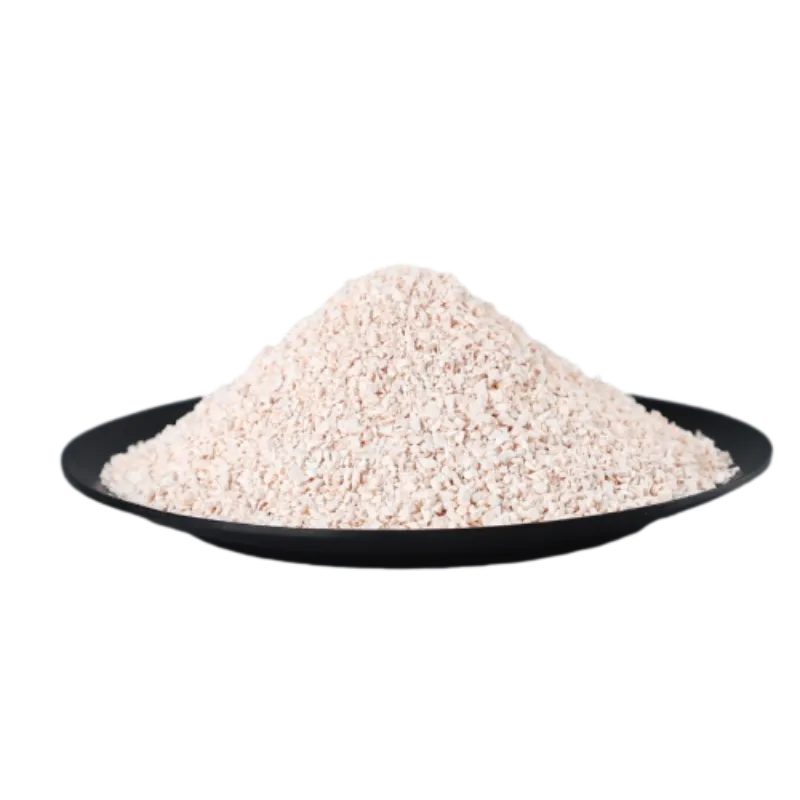
Oct . 17, 2024 21:21 Back to list
Guidelines for Proper Installation of Architectural Shingles for Roof Durability
The Ultimate Guide to Installing Architectural Shingles
Architectural shingles, also referred to as laminated or dimensional shingles, have gained immense popularity due to their aesthetic appeal and durability. Unlike traditional 3-tab shingles, architectural shingles provide a multi-dimensional appearance that emulates the look of wood shake or slate while offering superior protection for your home. If you're considering a DIY roofing project, this guide will walk you through the essential steps for installing architectural shingles efficiently and effectively.
Materials and Tools Needed
Before diving into the installation, gather all necessary materials and tools
Materials 1. Architectural shingles 2. Underlayment (felt or synthetic) 3. Drip edge flashing 4. Roofing nails (preferably galvanized) 5. Roofing cement 6. Ridge cap shingles 7. Ventilation products (if applicable)
Tools 1. Hammer or nail gun 2. Utility knife 3. Chalk line 4. Roofing ladder 5. Safety gear (gloves, goggles, harness)
Preparation
1. Safety First Ensure you have the right safety equipment. When working on a roof, use a harness and a sturdy ladder. Check the weather forecasts to avoid rainy or windy conditions.
2. Inspect the Roof Deck Before beginning, assess the existing roof deck for any damage. Replace any rotten or damaged boards, and ensure that the surface is clean, dry, and free from debris.
3. Install Drip Edge Flashing Start by installing a metal drip edge along the eaves of your roof. This prevents water from seeping under the shingles and helps channel it away from the roof.
Installing Underlayment
The underlayment serves as a secondary barrier against moisture.
1. Unroll and Cut the Underlayment Start at the bottom edge of the roof and work your way up. Overlap each row by a few inches to ensure full coverage.
2. Secure the Underlayment Use a staple gun or roofing nails to secure the underlayment to the roof deck. Make sure it lies flat and smooth to prevent any future roof issues.
Installing Architectural Shingles
architectural shingles installation

1. Determine the Starting Point Identify the center of the roof and snap a chalk line. This will guide you as you lay down the first row of shingles.
2. Lay the First Row Place the first shingle at the edge of the roof, ensuring it extends beyond the drip edge. Secure each shingle with nails, following the manufacturer’s guidelines for nail placement.
3. Offset the Rows When laying down subsequent rows, offset each row from the one below it. This staggered pattern enhances the visual appeal and adds strength to the roof.
4. Follow Installation Guidelines Always adhere to the manufacturer’s specific recommendations regarding the number of nails, exposure, and layout to ensure optimal performance and warranty coverage.
Installing Ridge Caps
Ridge cap shingles are installed at the peak of the roof to provide a finished look and additional protection.
1. Create a Solid Base Use regular architectural shingles cut to size for the ridge.
2. Nail the Caps Down Begin at one end of the ridge and work your way to the other side. Nail each cap shingle securely, ensuring they overlap and cover the edges of the shingles below.
Finishing Touches
1. Check for Gaps Inspect your new roof for any gaps or missed spots where water might penetrate. Use roofing cement to seal any vulnerabilities.
2. Clean Up Remove any debris and dispose of old shingles safely. Ensure that your work area is tidy to avoid hazards.
3. Final Inspection Take the time to conduct a thorough inspection to make sure everything is secure and properly installed.
Conclusion
Installing architectural shingles can enhance your home's curb appeal and protect it for years to come. By following these steps carefully, you can achieve a professional-quality finish that not only looks great but also provides excellent performance. Remember, though, that safety should always be your top priority when working on a roof. If at any point you feel uncomfortable with the installation process, don't hesitate to contact a professional roofer to assist you. Happy roofing!
-
Premium Roofing Granules for Sale - High Durability & Cost-Saving
NewsJul.21,2025
-
Durable Laminated Shingles for Weather-Resistant Roofing
NewsJul.21,2025
-
Rubber Roofing Shingles - Durable & Weatherproof SBS Rubber Asphalt Shingles for Homes & Businesses
NewsJul.08,2025
-
Crest Double Roman Roof Tiles – Durable, Stylish Roofing Solution at Competitive Prices
NewsJul.08,2025
-
T Lock Asphalt Shingles Durable Roofing Solution for Long-lasting Protection
NewsJul.08,2025
-
Top Stone Coated Metal Roofing Suppliers & Manufacturers Durable Stone Coated Metal Tile Solutions
NewsJul.07,2025







